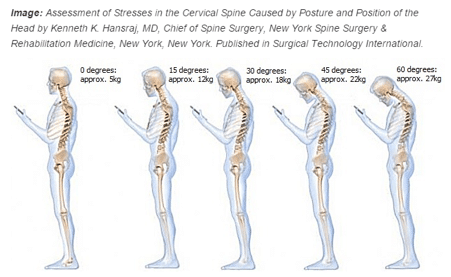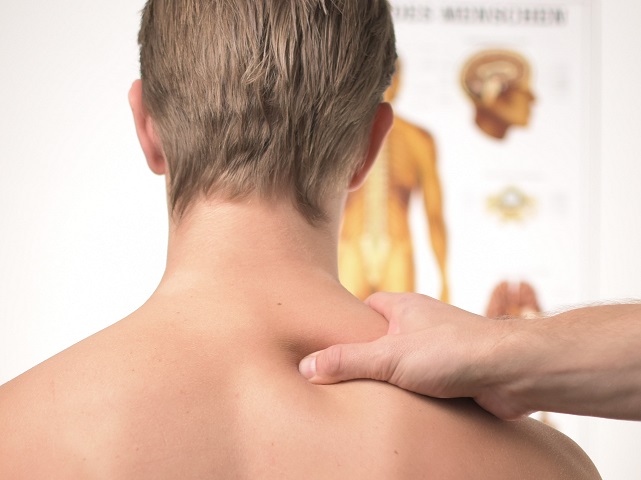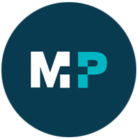HEADACHES
Ever had a headache? Ever felt neck pain radiating into your head? Had poor concentration, bad moods, pounding, dull, throbbing pain in your head, sensitive to light or sound, dizziness, nausea? Do these symptoms sound familiar? Ever wondered about how to better manage headaches without the use of drugs? Let’s discuss headaches and how physiotherapy can help. At the end of the blog see Kyle demonstrating a great exercise to help reduce headaches.
THAT OTHER PAIN IN THE NECK

There are many types of recurrent headaches. Some can be caused by trauma, viral, environmental, menstrual, stress, or allergies. The three most common types we clinically see are tension-type headache, migraine, and headaches secondary to a disorder in one of the top three or four joints in the neck. These neck-related headaches are commonly called cervicogenic headaches and are often brought on by prolonged poor/inefficient postures. They affect both males and females of all ages.
Finding which cervical structure is the main pain generator through assessment and palpation, allows treatment to be very specific in the management of cervicogenic headaches. If the patients headache can be re-produced by applying mobilisations at a particular cervical joint level, we know it is of cervicogenic origin. Physiotherapy treatment to that level can help in the management of headache or migraine sufferers. Physios can help work out a patient’s headache patterns and allow a better understanding of their headache type in the form of “triggers”.
What is a headache “trigger”?
A trigger is a stimulus which will elicit a headache to the patient. Triggers can be a type of food/drink, loud noises, or more commonly poor prolonged postures. There are so many different things that can trigger any persons headache, therefore we often ask our patients to complete a headache diary. Even if you’re currently not seeing a health professional for the management of your headaches, a headache diary can give you great insight and kick start your own self management. So give it a go!
Diagnosis of type of headache, important!
Correct diagnosis is important, as each headache type requires a different treatment method. Thorough examination is required to first rule out red flags and from there we investigate the cervical spine and its potential influences.
Typical presentation of cervicogenic headaches
- felt on one side of the head
- mild-moderate intensity
- accompanied by neck pain
- pain/headaches felt on same side as neck pain, does not swap sides
- sometimes loss of neck movement, or headache brought on with certain neck movements
- pain begins in neck and then spreads to a headache
Physios see excessive strain caused by poor working postures (prolonged sitting, working in awkward neck postures without moving for long periods) which can irritate the upper joints of the neck and cause a headache. The neck is tender and movements are often slightly restricted or stiff. About one-third of people with cervicogenic headaches also report some light-headedness, unsteadiness or visual disturbances.

The joints can also be injured by trauma. This could be a sporting or recreational injury or a motor vehicle crash (e.g. whip lash). In the late middle-aged to older age groups, osteoarthritis of the upper neck joints is another common cause of cervicogenic headache.
Common patient presentations
Rounded shoulders, hunched and forward head posture.
- muscular imbalance between cervical flexors (muscle that bend the neck forward) and extensors ( muscles that hold the head upwards) creating compression on the upper cervical joints

Text neck
- young (teens) to middle-age (30-40s)
- prolonged strain placed upon the upper cervical extensors due to looking down at phone screen
- becoming more common due to smart phone usage
Desk worker/student
- improper work station set-up (poor ergonomics)
- inactivity throughout day, long sitting periods with no movement
- students particularly around exam time are sitting for long hours studying more often on laptops
Sleeping posture
- incorrect pillow height/size for the sleeping position. i.e side vs back sleepers
A physio plan

Education on pathology, anatomy and
biomechanics of the upper cervical spine.
Manual Therapy
- soft tissue release
- joint mobilisation
- dry needling
Strengthening exercises to the deep neck flexor muscles
Multi-stage treatment plan
1) Modification of movement patterns/postural positions. e.g desk set-up, mobile phone positioning, pillow sizes.
2) Education on behavioural changes
UTMOST IMPORTANCE
3) Headache diary
4) Self-management strategies to i.d. "triggers"
At Mediphysio our physiotherapists can help you! They will take you through a full examination to determine if the headache symptoms fit the pattern for cervicogenic headache. They will manually treat if there are problems with the joints and muscles, particularly in the upper part of the neck. Depending on your needs, they will educate and provide you with an appropriate exercise program to help you in every day life. Let our team help you today!


Sorry, comments are closed for this post.